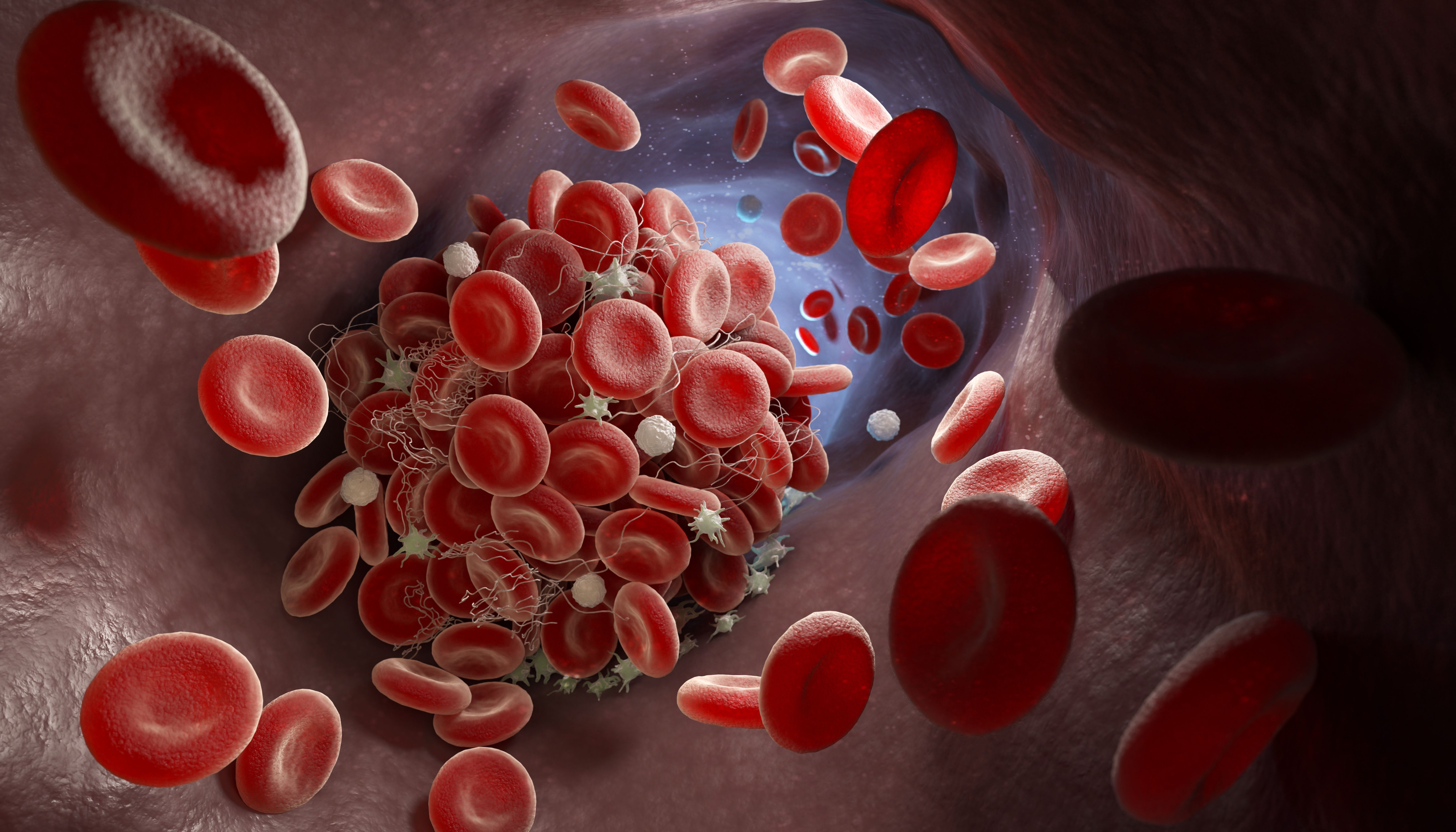News
Article
Longer Anticoagulant Treatment Provides Greater Blood Clot Prevention in Patients With Cancer
Author(s):
Patients treated with 12 months of Lixiana, an anticoagulant therapy, received a greater benefit than those treated with three months of the therapy.

Twelve months of treatment with an anticoagulant to contributed to a greater benefit than three months of treatment in patients with cancer and minor blood clots (distal deep vein thrombosis), according to results from a recent trial.
Findings from this trial were recently presented at ESC Congress 2023.
“This is the first and only randomized trial to show the superiority of longer duration over shorter duration of anticoagulation therapy for reducing thrombotic events in cancer patients with isolated distal (deep vein thrombosis),” Dr. Yugo Tamashita of Kyoto University in Japan, said in a press release. “We expect that the results will change practice and clinical guidelines in the cardio-oncology field.”
According to the American Cancer Society, patients with cancer have an increased risk for blood clots due to the disease itself, and it may be due to the tissue damage associated with some cancers that may initiate the blood clotting process. The risk for blood clots may increase with certain cancers including lung and pancreatic cancers, in addition to the type of treatment a patient receives and other medications or conditions.
Deep vein thrombosis is a condition that occurs when a blood clot forms in the deep vein and is typically seen in the thigh, lower leg or pelvis, although they can also be seen in the arm, according to the Centers for Disease Control and Prevention.
In this trial, researchers aimed to compared 12 months of Lixiana (edoxaban) treatment with three months of treatment. Of note, Lixiana is an anticoagulant medication, meaning it decreases the body’s ability to clot blood, which can then prevent harmful blood clots.
Researchers enrolled 604 patients (average age, 70.8 years; 72% women) with cancer who recently received a diagnosis of isolated distal (occurring in the lower leg) deep vein thrombosis. Patients in this trial were not previously taking anticoagulation therapy.
The most common types of cancer in this trial included ovarian (14%), uterine (13%), lung (11%), colon (9%) and pancreatic cancers (8%). Other types included blood (5%), stomach (5%) and breast cancers (5%).
Patients were randomly assigned either 12 months of Lixiana (296 patients) or three months of the anticoagulation therapy (305 patients).
The main focus of the trial was symptomatic recurrent venous thromboembolism (blood clot forming in the vein) or death related to venous thromboembolism at 12 months. Other areas of focus included major bleeding events at 12 months.
At 12 months, three patients in the 12-month group (1%) experienced a symptomatic recurrent venous thromboembolism compared with 22 patients (7.2%) in the three-month group.
Rates of major bleeding events at 12 months were similar in the patients assigned 12 months of treatment compared with three months (9.5% versus 7.2%, respectively).
“In cancer patients with isolated distal (deep vein thrombosis), 12 months of (Lixiana) treatment was superior to three months with respect to the composite outcome of symptomatic recurrent (venous thromboembolism) or (venous thromboembolism)-related death with no difference in the rate of major bleeding,” Tamashita said.
For more news on cancer updates, research and education, don’t forget to subscribe to CURE®’s newsletters here.




